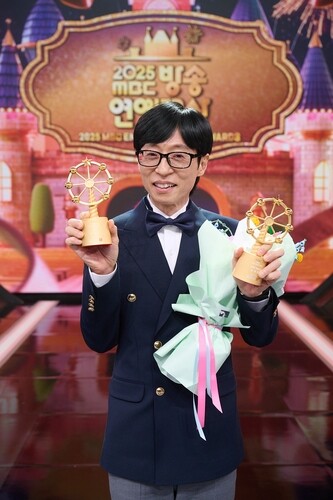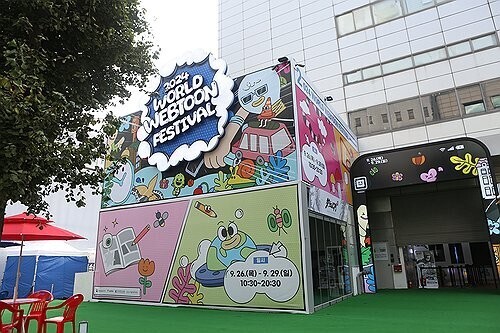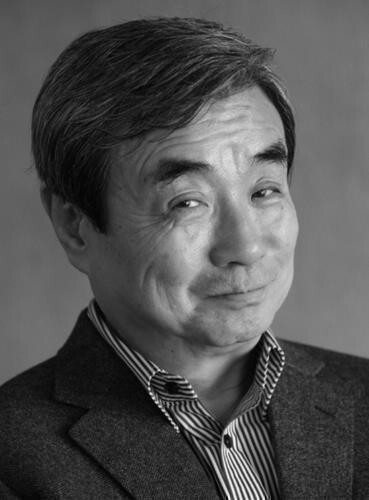
Architect Kim Swoo Geun (1931–1986) is like a great mountain to me. He is my mentor and is well known as the architect who designed the National Assembly building.
I worked with Kim Swoo Geun from the spring of 1965 until the spring of 1971—over six full years. After leaving his side, I spent a few months shut away in my house in Jeongneung, reading books.
 |
| ▲ Late South Korean architect Kim Swoo Geun. (Yonhap) |
In 1977, Park Sang-don, a senior alumnus who was a university classmate of Yoon Seung-jung—the planning director at Kim Swoo Geun’s architectural research institute at the time—was assigned to co-design the new Yeongdong campus for Kyunggi High School. (Yoon Seung-jung would later also serve as chairman of the Kim Swoo Geun Foundation, like I did.) Somehow, I was also called in to join the project.
Back then, working together typically meant what most people did: renting out a room at an inn, each person bringing their drafting board, T-square, triangle rulers, and starting a group living arrangement. There was no distinction between night and day, no separation between workspace and bedroom—we sat on the heated floor with our drafting boards propped on our knees, drawing plans.
We’d set the drawings on the dining table, lie down and sleep when tired, sit up and eat when meals arrived—it was that kind of life. When the project ended, we’d deliver the final work, receive the design fee, split it, and go our separate ways.
That particular job had been secured by Senior Park, who had worked on several school facility designs through his connections with the Ministry of Education and the local Board of Education. Originally, the plan was different, but when Minister of Education Min Gwan-sik announced the policy of standardizing high schools, Kyunggi High School was also included in the new budget guidelines. That meant only basic facilities like classrooms, teacher offices, and bathrooms would be funded—there was no budget for an auditorium, gym, science center, art museum, music hall, or library. The alumni association decided to fund those extras themselves.
Because of that, the alumni’s share of the budget ended up exceeding the Ministry’s, and naturally, the alumni began to exert more influence. Eventually, they proposed taking charge of the design by appointing their own architect. Among them, it became widely agreed: “When it comes to architecture, it has to be Kim Swoo Geun, no doubt about it.”
At the time, I was 29 years old and excited about the opportunity to design my alma mater. I was working tirelessly, pulling all-nighters every day. I had just passed a Ministry of Science and Technology exam and was set to study abroad in the Netherlands at the end of the year, with a scholarship from the Bouwcentrum, so I was racing against time.
But then, the Kyunggi High School alumni association was trying to take the project away from us. Upon hearing this from my seniors, I didn’t even have time to think deeply—I went straight to Kim Swoo Geun and explained our situation. I told him how badly I wanted to see this project through.
He said, “Really? Got it,” and then made a phone call—maybe to the alumni office. He told them it would be best for "Mr. Kim" to continue with the project.
“I’m sure Mr. Kim will work much harder than I would.”
And just like that, we were able to continue with the project, and I completed it before leaving for Rotterdam. When I returned, I found the final result was not as originally designed. Still, I never really had the chance to properly thank him.
In 1980, the new military regime carried out a coup and established something called the National Security Emergency Planning Committee (commonly known as the "Gukbo Committee"). It was essentially a revolutionary committee.
Because they lacked any political legitimacy, the regime tried to win public support through populist measures. As part of this, they launched campaigns like “restoring basic order” and bizarre initiatives such as creating the Samhcheong Reeducation Camp under the pretext of "cleansing society of gangsters"—a move that, looking back, was completely outrageous.
The most absurd of them all was the Gukbo Committee Civil Complaints Office. Operated for three months, it offered to resolve any grievances the common people had suffered. Citizens were encouraged to submit anonymous complaints about any injustices they had faced.
As a result, false accusations ran rampant and many ridiculous incidents occurred. For example, if someone knocked on a hospital door late at night due to an emergency and was turned away, and then filed a complaint, the doctor in question would be dragged to the military camp stationed at Deoksugung and beaten before the matter was even reported by the press. The story would either be censored or twisted to portray the doctor as a villain.
I never thought something like that would happen to me—until one day, it did. I was investigated by the Gukbo Committee. Someone had anonymously accused me of acting as an architect without a license and said I needed to be punished.
The investigation file went from the Ministry of Construction to the Seoul city government and eventually to the prosecutors' office. Since the case had been handed over by the military, the prosecutors said they couldn’t treat it lightly and charged me with violating Article 4 of the Architects Act.
I received a summary judgment and was fined 500,000 won. While it wouldn’t have been hard to just pay the fine and be done with it, I couldn’t bring myself to accept it. So I requested a formal trial. In that trial, the young judge sentenced me to six months in prison, citing “the severity of the crime, lack of remorse, and attempts to lecture the judge.”
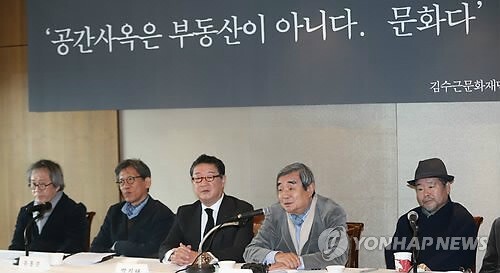 |
| ▲ Architect Kim Won speaking at a press conference titled “The Space Headquarters Is Not Real Estate, It Is Culture,” held on November 18, 2013, at the Press Center in Taepyeong-ro, Jung-gu, Seoul. Considered one of the most outstanding modern buildings in Korea, the 'Space' headquarters building in Wonseo-dong, Jongno-gu, Seoul, is scheduled to be sold publicly due to the bankruptcy of Space Group Architects & Engineers. From left: architect Seung Hyo-sang, former Cultural Heritage Administration commissioner Yoo Hong-jun, Kim Gi-tae, chairman of the Kim Swoo Geun Foundation, architect Kim Won, and Kim Deok-su, professor at the Korea National University of Arts. (Yonhap) |
Once again, I had no choice but to appeal. The second trial judge—an older man—seemed to find the case interesting. He asked if two well-known architects he knew by name, Kim Joong-up and Kim Swoo Geun, might be willing to testify on my behalf.
“Sir, would you please testify in my trial?”
I practiced that one awkward sentence over and over before going to see Kim Swoo Geun. After listening to my story, he immediately said, “Alright. When is it?”
And so, my less-than-stellar self brought my master to court.
We arrived on time, but had to wait two or three hours, watching trials of petty criminals until our turn came. The judge began by asking, “Are you the famous architect Kim Swoo Geun?” and ended with, “Do you believe the defendant is innocent?”
Kim Swoo Geun eloquently defended his student with his characteristic wit and charisma.
As a result, I was acquitted. The Supreme Court upheld the ruling, even after the prosecution appealed.
Looking back over 40 years later, it all feels like a dramatic, almost fictional tale. When I opened my office in Sagan-dong in 1976, I hadn’t even formally invited Kim Swoo Geun, yet he showed up on his own and encouraged me to do well.
Sometimes, I look back and wonder—could I do the same for a junior or student of mine?
(To be continued)
(C) Yonhap News Agency. All Rights Reserved








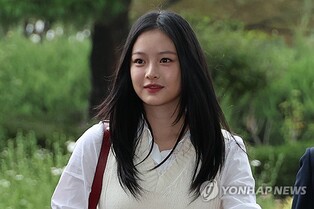
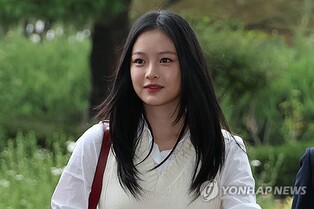

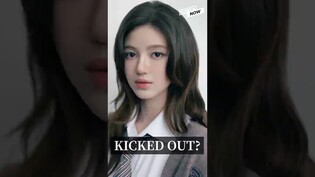

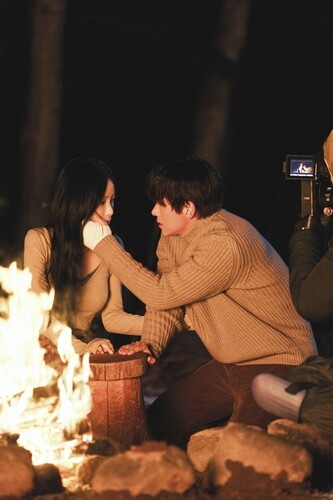

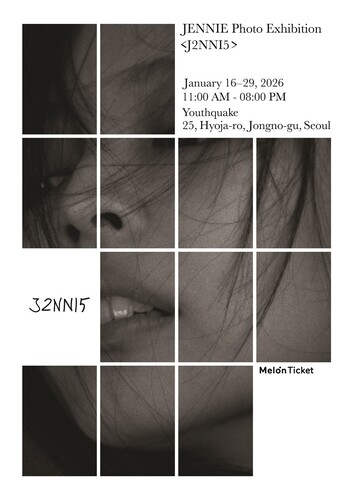
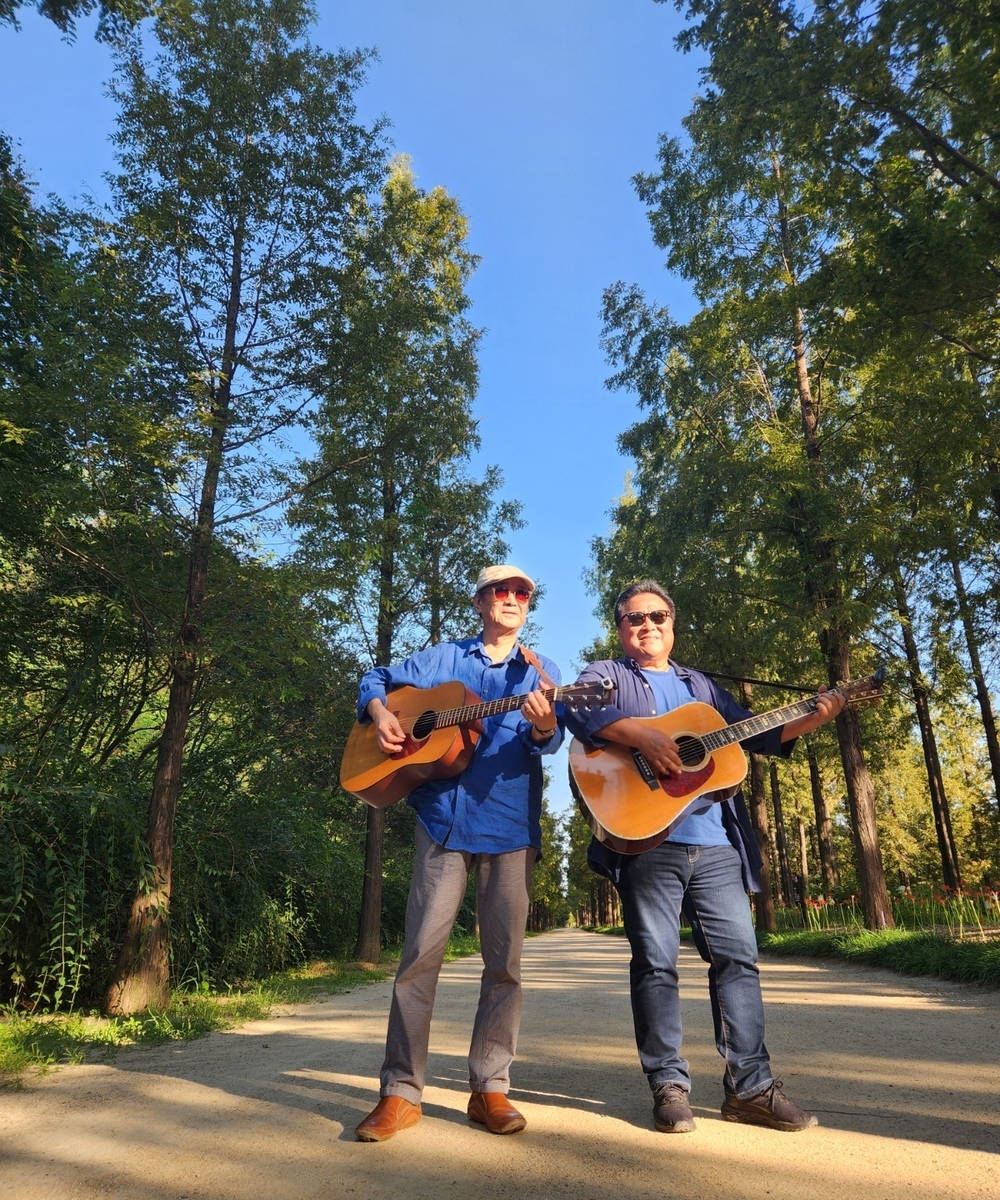
![[가요소식] 제니 사진전 'J2NNI5' 다음달 16∼29일 개최](https://korean-vibe.com/news/data/20251230/yna1065624915968575_386.jpg)

